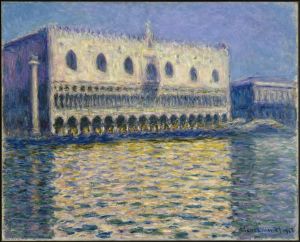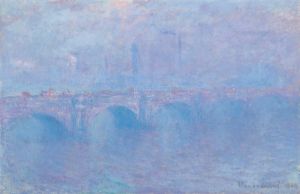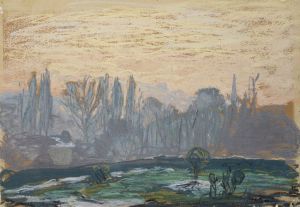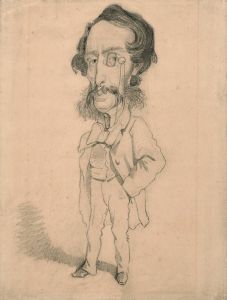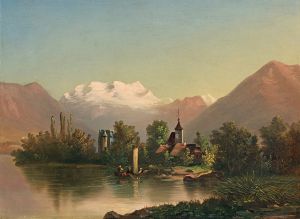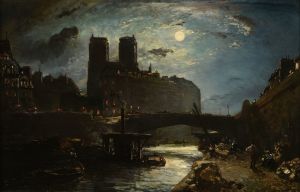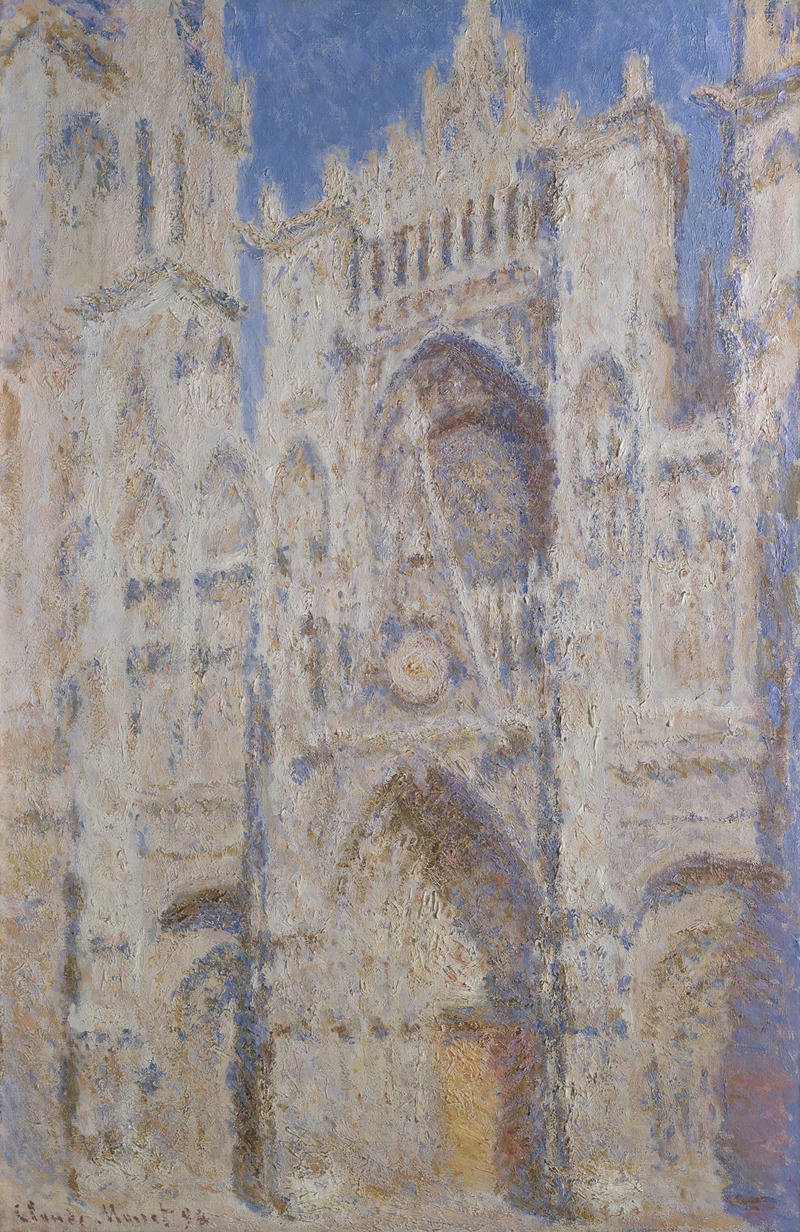
Rouen Cathedral; The Portal
A hand-painted replica of Claude Monet’s masterpiece Rouen Cathedral; The Portal, meticulously crafted by professional artists to capture the true essence of the original. Each piece is created with museum-quality canvas and rare mineral pigments, carefully painted by experienced artists with delicate brushstrokes and rich, layered colors to perfectly recreate the texture of the original artwork. Unlike machine-printed reproductions, this hand-painted version brings the painting to life, infused with the artist’s emotions and skill in every stroke. Whether for personal collection or home decoration, it instantly elevates the artistic atmosphere of any space.
Claude Monet, a founding figure of the Impressionist movement, is renowned for his innovative approach to capturing light and atmosphere in his paintings. Among his celebrated works is the series of paintings depicting the Rouen Cathedral, with "Rouen Cathedral; The Portal" being one of the most notable pieces. Monet's Rouen Cathedral series, painted in the 1890s, exemplifies his dedication to exploring the effects of light on architecture and his interest in capturing the transient qualities of the natural world.
Monet began working on the Rouen Cathedral series in 1892 and continued into 1893, producing over thirty paintings of the cathedral's façade. The series is particularly significant as it marks a period in Monet's career where he focused intensely on series painting, a method he employed to study the same subject under varying conditions of light and weather. "The Portal" is one of these paintings, showcasing the cathedral's western façade, specifically the portal, under different lighting conditions.
Monet rented spaces in Rouen, including rooms across the street from the cathedral, to have a direct view of the façade. This allowed him to work on multiple canvases simultaneously, each capturing the cathedral at different times of the day and under different weather conditions. The artist's method involved observing the subtle changes in light and shadow, which he translated onto the canvas with his characteristic loose brushwork and vibrant color palette.
"Rouen Cathedral; The Portal" is distinguished by its focus on the interplay of light and stone. Monet was less concerned with the architectural details of the cathedral and more interested in how the structure's surface reacted to the changing light. This approach resulted in paintings that appear almost abstract, with the cathedral's form dissolving into a haze of color and light. The effect is a dynamic representation of the cathedral that changes with the viewer's perspective, much like the real-life experience of observing the building at different times of the day.
The Rouen Cathedral series, including "The Portal," was first exhibited in 1895 at the gallery of Paul Durand-Ruel in Paris. The exhibition was met with critical acclaim, solidifying Monet's reputation as a master of capturing the ephemeral qualities of light. The series is often cited as a quintessential example of Impressionism, demonstrating Monet's ability to convey the sensory experience of a moment in time.
Today, "Rouen Cathedral; The Portal" and other paintings from the series are housed in major art collections around the world, including the Musée d'Orsay in Paris and the National Gallery of Art in Washington, D.C. These works continue to be studied and admired for their innovative approach to light and form, as well as their contribution to the development of modern art.
Monet's Rouen Cathedral series remains a testament to his artistic vision and his ability to transform a static architectural subject into a vibrant exploration of light and color. "The Portal," in particular, exemplifies his skill in capturing the fleeting effects of light, making it a significant piece in the history of Impressionist art.






